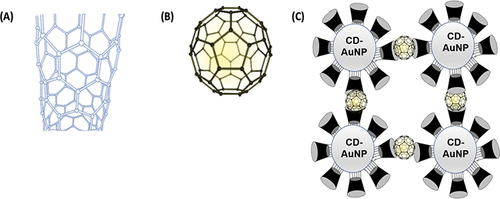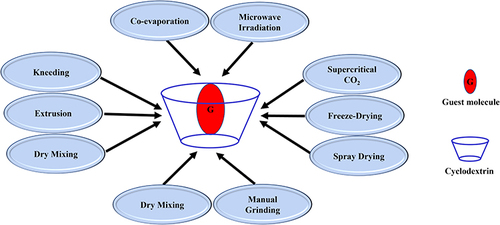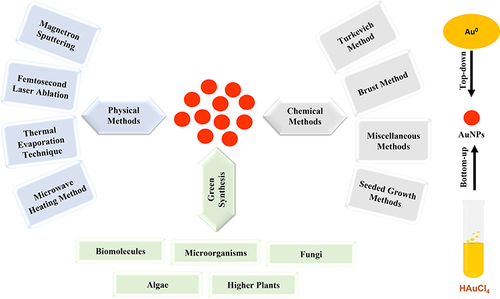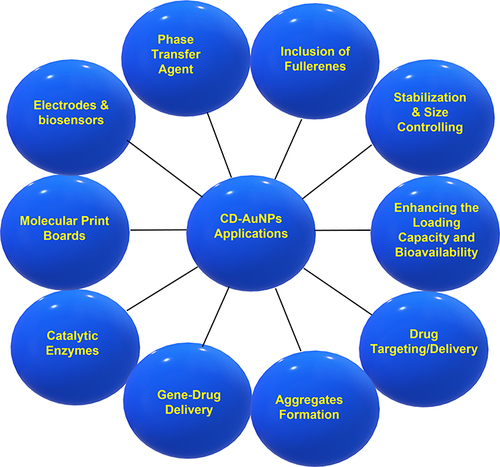Figures & data
Table 1 Distinctive Characteristic Features of α-, β-, and γ-CDs.
Figure 1 Schematic representation of α-, β-, and γ-Cyclodextrin, and the chemical derivatization of β-CD molecule.
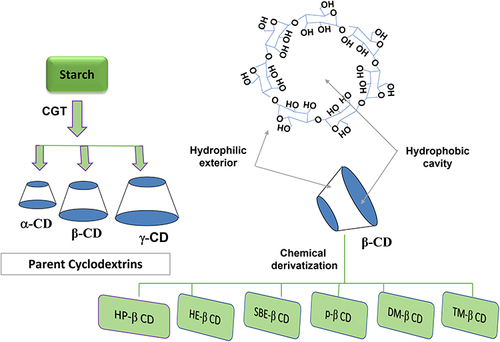
Table 2 Characteristics of Different β-CD Derivatives
Figure 2 Phase solubility diagram of β-CD. According to Higuchi and Connors, the types of phase-solubility diagrams of cyclodextrin presenting the solubility behavior of the included drugs upon increasing the CD concentration are two types (A and B) curves. Type (A) phase diagram is classified into three subtypes; AL: linear diagram; AP: positive deviation from linearity; AN: negative deviation from linearity. Also, type (B) is classified into two subtypes; B S: indicating the complex of limited solubility; and B I: showing the insoluble complex.
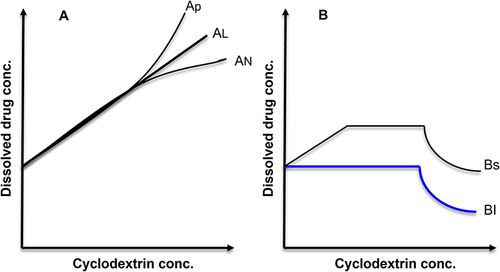
Table 3 Inclusion Complexes with Cyclodextrin and Their Applications
Table 4 Preparation Methods of CD Complexes
Table 5 Different Preparation Methods Were Utilized for AuNPs Synthesis
Table 6 Effect of CD on AuNPs Characteristics
Table 7 Role of CD Complexation in Enhancing the Characteristics of the Loaded Bioactive Molecules
Figure 6 Formation of the ternary system which is composed of the inclusion complexation of guest drug (eg, anticancer drug) in the β-CD cavity and then conjugation with gold nanoparticles (β-CD-S(CH2)6-S-AuNPs) for drug delivery.
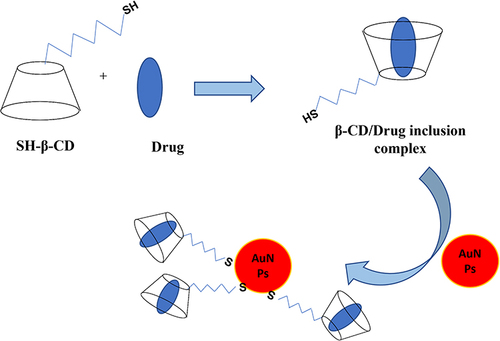
Table 8 Different Reported Drug Targeting/Delivery Applications of CD-AuNPs Complexes
Figure 7 The representation of the aggregation and the competitive dissociation of smart AuNPs-β-CD via the addition of either guest molecules (ie, PEG-Ad or diazo) causing aggregation, or α-CD as compotator host molecules.
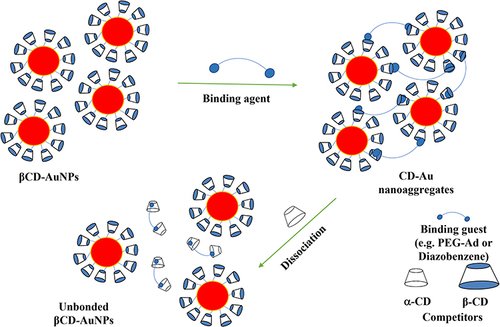
Figure 8 Schematic representation of CD-AuNPs immobilization on Ad substrate via inclusion complexation for pDNA concentration according to the following steps. (1) Ad-modified self-assembled monolayer (SAM) gold substrate; (2) Immobilization of PEI-pDNA polyplex NPs on the modified SAM; (3) pDNA using Heparane; (4) Immobilization of β-CD-PEI-pDNA polyplex NPs on the modified SAM; (5) pDNA using Heparane.
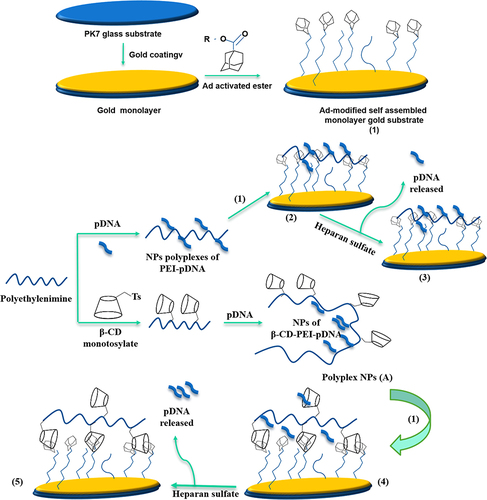
Table 9 Effect of CD on Gene Delivery Using AuNPs
Table 10 Selected Studies on Some CD-AuNPs Complexes Used for the Preparation and Improvement of Catalytic Enzymes
Figure 9 Chemical structures of adamantly functionalized PPI dendrimers (Ad-PPI) and their formation of inclusion complexes with cyclodextrins to construct water-soluble assemblies (A); the formation of a monolayer of these modified assemblies on a gold substrate via adsorption (CD-AuNPs monolayer) (B); and formation of multilayer CD-assemblies on gold (C). Reproduced with permission from Copyright 2002 Wiley VCH GmbH.Citation247

Figure 10 Schematic representation of the multicomponent nanostructures construction using (A) CD-Au and Fc-SiO; (B) The nano-assembly from small NPs to large NPs; and (C) nano-assembly from large NPs to small NPs. The artwork was reproduced from MDPI according to permission via license: CC BY 4.0.Citation251

Table 11 Selected Studies on the Fabrication of Supramolecular Functionalized Electrodes Using CD-AuNPs Complexation
Figure 11 Schematic illustration of Fullerene tube or cylindrical structure (A), ball-like structure (B), and the formation of water-soluble nanoaggregates via the inclusion complexation between Fullerene and γ-CD-decorating AuNPs (C).
